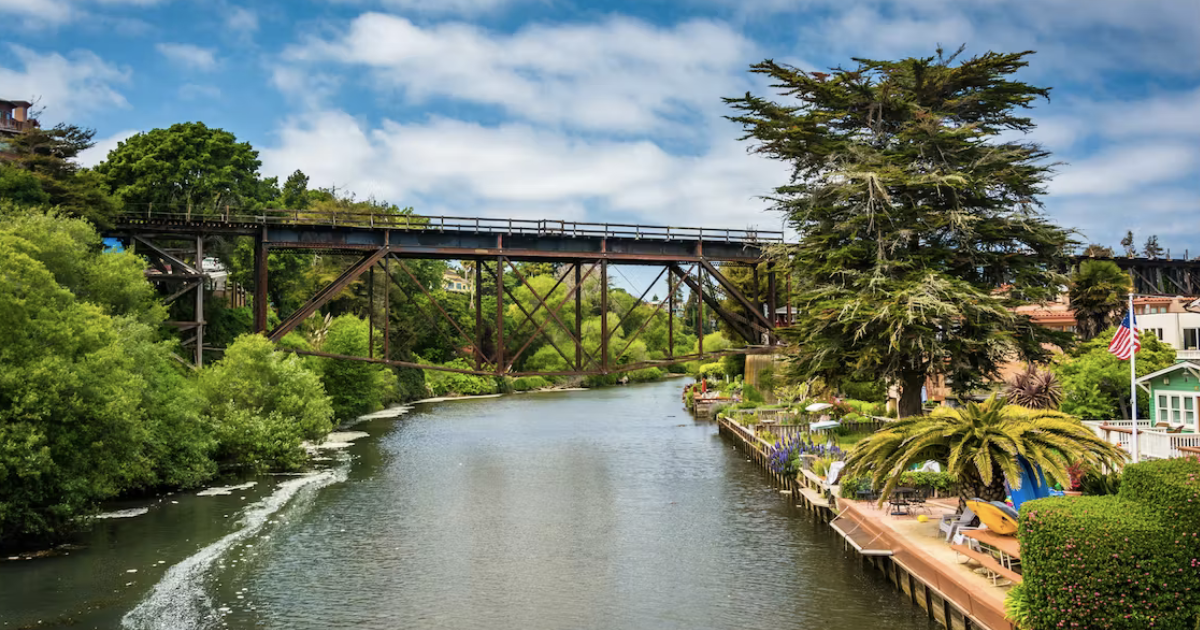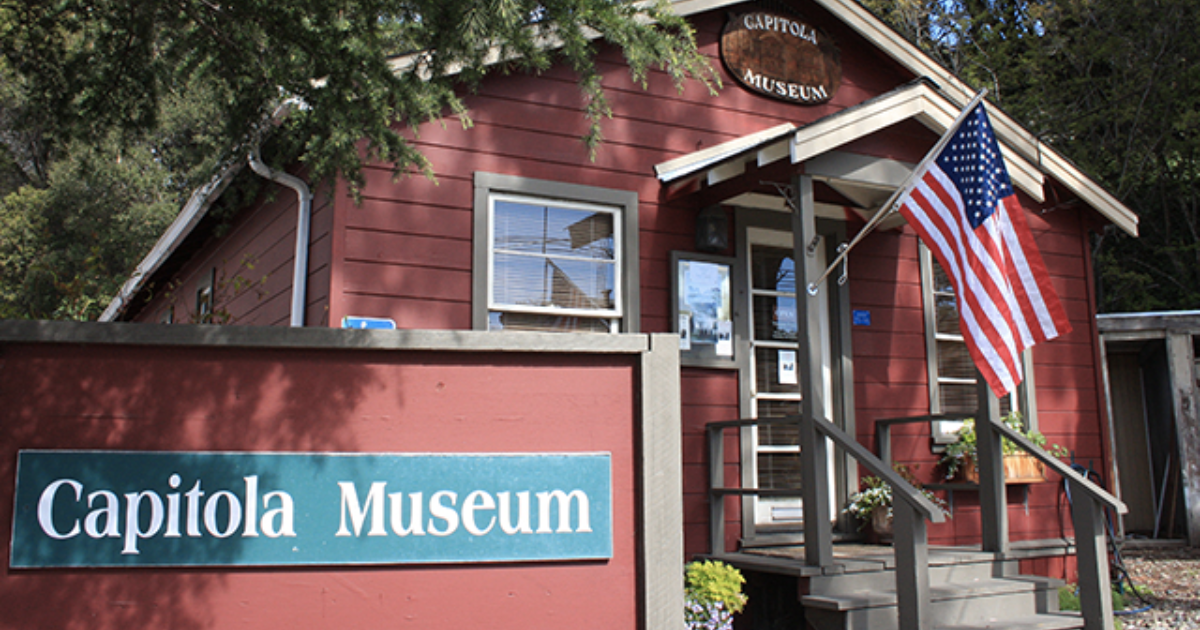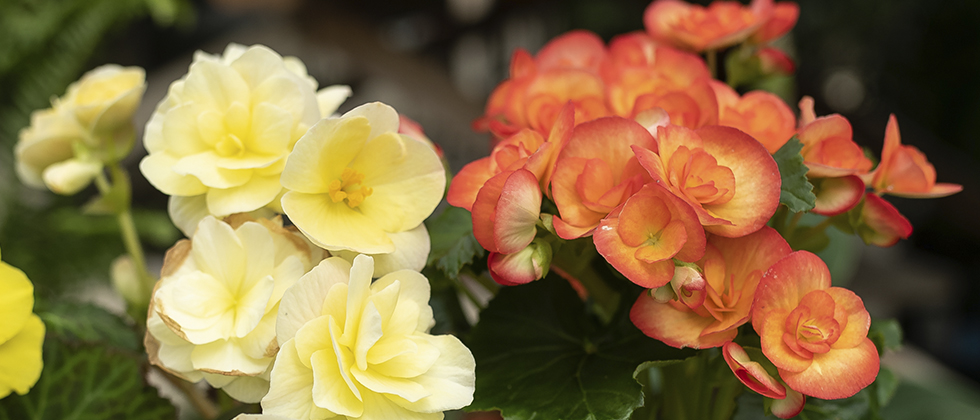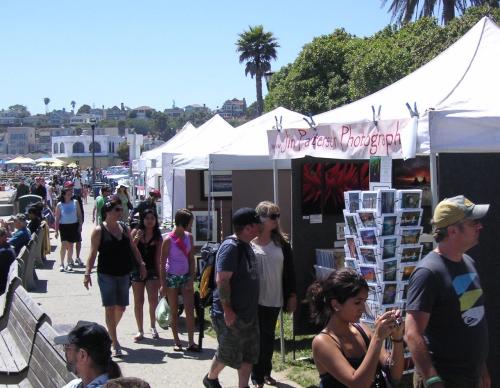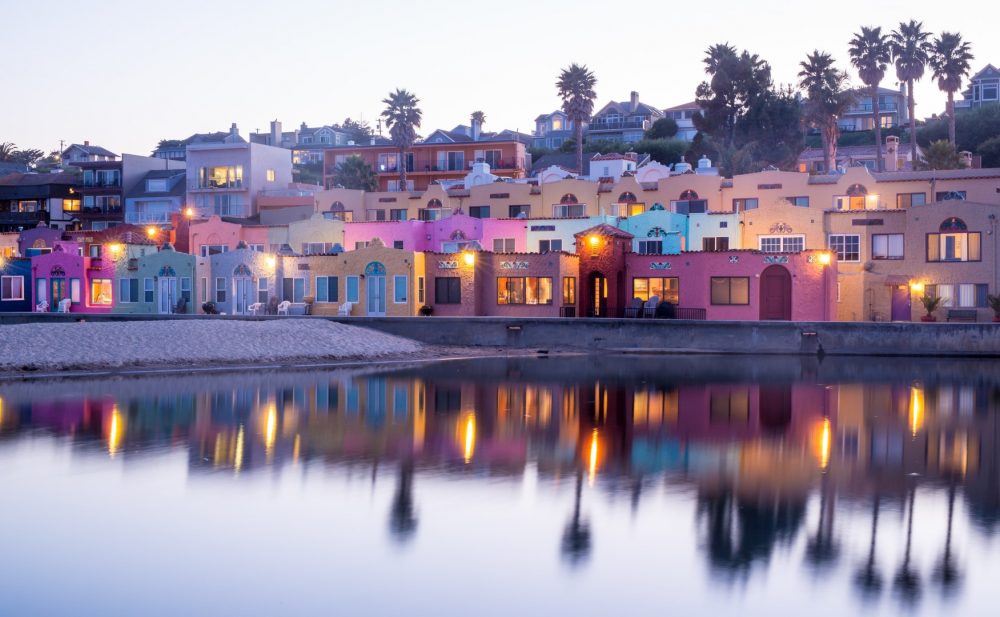Capitola Begonia Festival
Sand Sculpture Contest
While participation begins early at 8 am, many professional sculptors begin work early, knowing that four hours is insufficient time to finish a sand masterpiece. Registration is completely free. If you are not building in the appropriate location for your organization, you may not be judged. At about 8:00 a.m., signs delineating the zones for each group are normally placed. They usually start with the tiniest children at the jetty and work their way down the beach to the huge groups at the other end near the dock.
The Sand Sculpture Contest entries are separated into age and group-size categories:
There are groups for Children aged 8 and younger, with 1 adult on hand to assist as required.
Another group consists of children aged 9 to 14. One youngster (up to the age of ten) and one adult
While the other consists of a Small gathering of 5 or fewer people of any age. The last lot is a large group with 6 or more individuals of any age.
Music performance at Esplanade Park
This festival, known as the Capitola Begonia Festival, has been hosted every Labor Day weekend for the past 65 years. It includes a Nautical Parade, a begonia-lined barge parade, a sand sculpting contest, and a variety of children’s activities. There will also be music, art, and a fishing derby. Thousands of people from all around California attend the event.
Capitola Museum
Capitola’s history is celebrated via programs, displays, events, and artifacts at the Capitola History Museum, which is located adjacent to Capitola City Hall. In addition, the museum wants to educate the community about its culture and architecture to increase awareness and appreciation.
Every year, the Capitola History Museum showcases a new exhibit focusing on the art and history of the area. Moreover, the Capitola Library holds rotating exhibits of artifacts and photographs. The historical museum also has a 20th-century bath house and a fully fitted beach house from the same era on show.
Significance of Capitola Festival
Capitola Begonia Festival brings together the community to celebrate Capitola’s vivid surroundings and local creative innovation. Begonia Festival is a three-day family event. The festival’s most anticipated event is the Nautical Parade. The procession floats make their way down Soquel Creek to the lagoon at Capitola Beach. They gather at the stream banks to cheer on their favorite boats.
The festival made Capitola always be linked with begonia flowers, beach parties, and community art. Although the blossom-adorned floats will make their final trip beneath the Stockton Avenue Bridge on Labor Day Sunday, the Begonia Festival’s enduring legacy will likely inspire new traditions based on similar concepts in the years to come. Nonetheless, Capitola’s stores, galleries, cafés, restaurants, and events are open and operating throughout the year.
Conclusion
Capitola was recognized as the “World Begonia Capital” by the 1950s. This resulted in the well-known Begonia Festival, which ran from the early 1950s through 2017. Capitola’s history as a flower-growing hub dates back to the early 1900s. The celebration was intended to prolong the late-summer seaside tourism season, taking advantage of the blooms’ peak bloom. Begonias flourish in California’s mild, damp environment, making its location and timing ideal for the event.


